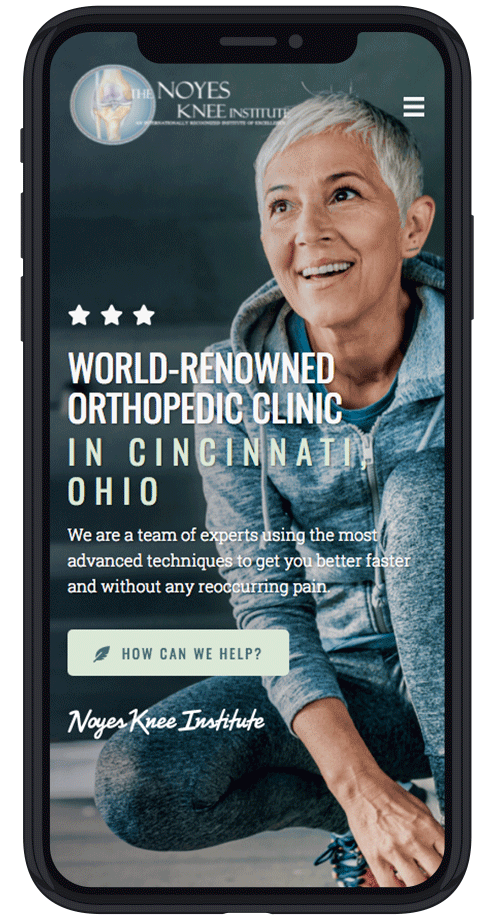Published On
Category

Plyometric jumps help you build muscle and improve your cardiovascular health, as well as increase your strength, speed, endurance, and agility. But if you’re a beginner who chooses to learn the moves on your own, you can potentially injure your knees if you perform the exercises without taking the right precautions.
Plyometric jumps require you to use quick, powerful movements to receive the best results. Although you mainly rely on your thigh and hip muscles to complete the jumping moves, the stress and strain placed on your knees when you take off and land can damage them.
Below, we’ll discuss possible injuries you can experience in your kneecaps and the tissues connected to them, as well as tips to prevent those injuries.
How Can You Injure Your Knees?
Plyometric jumps, such as jumping lunges and broad jumps, require you to leap from the ground or floor as quickly and explosively as you can. You generally complete a certain amount of repetitive reps in a short amount of time. The explosive moves incorporate many muscle groups, including your thighs and calves. However, the moves can also cause issues with your kneecaps (patellas) and the tissues that support them.
Your kneecap is a delicate, movable bone that covers the knee joint. Repeated stress on the kneecap can possibly injure it and cause problems like jumper’s knee. Experts believe that jumper’s knee occurs when you repeatedly place stress on your kneecaps and the tendons that connect it to the thigh and shin bones. The large muscles in your thighs pull on the tendon whenever you jump. Repeated jumping can potentially cause wear and tear in the tendons and instability in your kneecaps.
Being overweight is another risk factor for jumper’s knee. Your knees already bear a significant amount of your body’s weight. Having a body weight beyond the recommendations for your age, sex, and height can place additional stress on the joints of your knees.
Movements that require you to lift or bend your knees, such as plyometric lunges and knee tuck jumps, may not be the best things for you right now. These moves force you to jump and lift your knees up as high as you can, before landing on your feet. You generally repeat the moves without breaks.
You can take steps to protect your knees from injuries when you perform plyometric jumps with the right tips.
What Can You Do to Avoid Injuries?
If you began jumping as a way to lose weight, you may want to try weight or strength training exercises before you continue. Strength training burns calories, makes muscles stronger, and improves the health of your tendons. Remember to start off slow and use light weights until you become stronger. Also, strive to eat foods with plenty of vitamin C and calcium to strengthen your tendons while you train. The list may include raspberries, fish, pineapples, and Brussels sprouts.
It’s also good to take plyometric beginner’s classes to learn the best ways to perform the jumps. An instructor can monitor your progress and correct any mistakes you make, such as landing on your feet too hard or performing a move too long. It’s important to understand that some plyometric jumps may not be appropriate for you until you become stronger and more advanced in your techniques. You want to protect your knees from injuries, and taking it slow can help you do so.
If you do injure a tendon or kneecap performing plyometric jumping, seek treatment from a specialist like the Noyes Knee Institute. The Noyes Knee Institute offers a wide range of treatments for knee injuries, including tendon repair and kneecap surgery.
The Noyes Knee Institute also offers Sportsmetrics, which is an injury prevention program developed by Dr. Noyes. Sportsmetrics uses jumping drills and plyometrics to strengthen muscle and coordination. This gradual physical conditioning can help prevent injuries and keep your knees and legs healthy as you exercise. Call the office to schedule a consultation or appointment soon.

